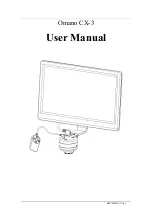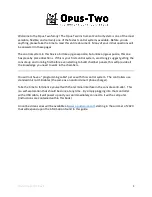
Putting the Analyzer into Operation
R&S
®
ZNA
14
Getting Started 1178.6456.02 ─ 05
Table 3-1: Cable Requirements
Cable Type (Connector)
Requirement
RF cables (PORT 1, ..., PORT N)
Double shielded
BNC cables (various)
Double shielded
DB-25 (User Port)
Double shielded
Digital I/Q (External Handler IO, External Data Log-
ger, Direct Control)
R&S order no. 1402.4990.00 only
GPIB
Standard cable
RFFE/GPIO
R&S ZN-Z25 (order no. 1334.3424.02) only
DisplayPort (Monitor)
Standard cable
DVI-D (Monitor)
2 ferrite cores
LAN
At least CAT6, S/FTP
PCIe
Standard cable
USB
Standard cables, length ≤ 3m
3.6
Connecting the Analyzer to the AC Supply
The network analyzer is automatically adapted to the AC supply voltage, which must
be in the range of 100 V to 240 V at 50 Hz to 60 Hz. A line frequency of 400 Hz is also
supported.
The mains connector is located in the upper part of the rear panel (see
► Connect the network analyzer to the AC power source using the AC power cable
delivered with the instrument.
The maximum power consumption and the typical power consumption of the individual
analyzer models are listed in the data sheet.
3.7
Starting the Analyzer and Shutting Down
The AC power switch is located in the upper part of the rear panel, above the mains
connector; see
To start the analyzer, proceed as follows:
1. Switch the AC power switch to position
I
(On).
After power-on, the analyzer automatically goes to standby or ready state, depend-
ing on the state of the standby toggle key at the front panel when the instrument
was switched off last time.
Starting the Analyzer and Shutting Down















































